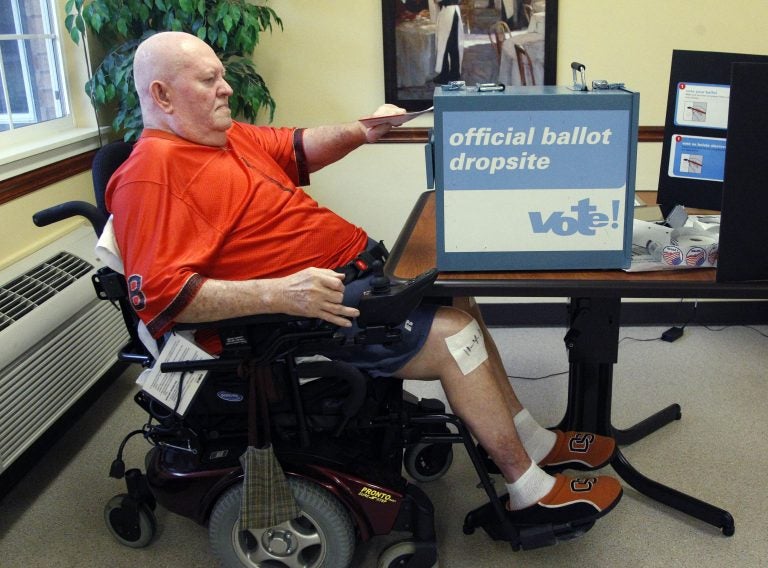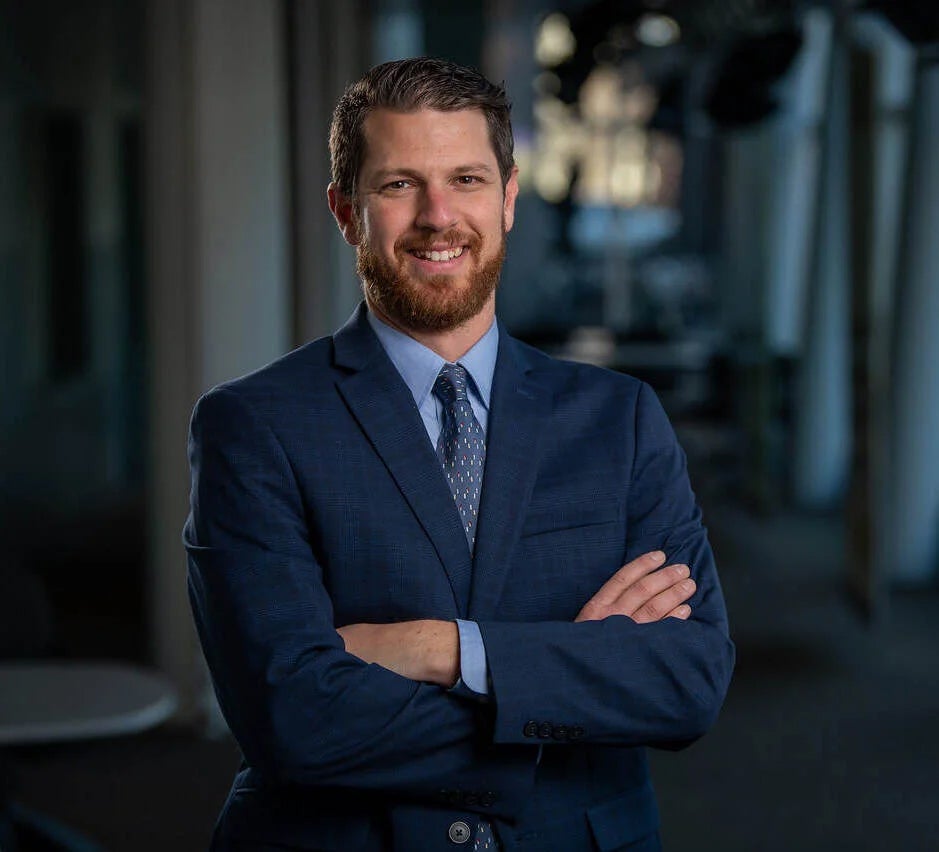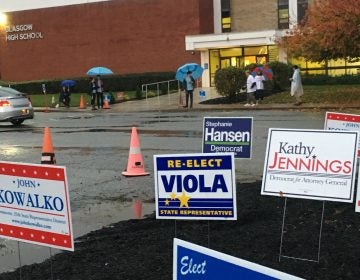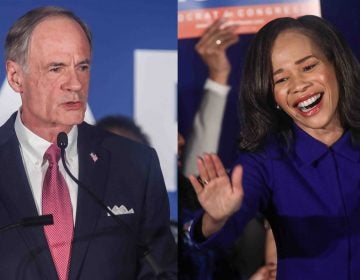Majority of disabled voters in U.S. faced obstacles in casting ballots in ’16
At Delaware forum, advocates for disabled community stress need for better accommodation.

Lewis Crew, 75, casts his ballot in Beaverton, Oregon. A Tuesday forum organized by the University of Delaware's Center for Disabilities Studies addressed the barriers that keep many of those with disabilities from voting. (AP Photo/Rick Bowmer)
When it comes to expanding voter access, most often the conversation centers around allowing early voting or establishing automatic voting registration. But a forum at the University of Delaware Tuesday focused instead on making voting more accessible for those with disabilities.
“We still have this cultural lag where we don’t really expect people with disabilities to be voters,” said Rabia Belt, historian and assistant professor at Stanford Law School. “It’s still quite difficult for people to be able to access polling places, people to receive the accommodations that are legally mandated.”
The forum organized by UD’s Center for Disabilities Studies looked at how people with disabilities are underrepresented at the polls.
Michelle Bishop of the National Disability Rights Network cited a Government Accountability Office study of the 2016 election that showed that only 40 percent of polling places had no potential impediments for voters with disabilities. “That’s still less than half, so that’s not good news,” Bishop said. It does, however, represent an improvement since 2000.
“We’re still going in the right direction, very slowly, but in the right direction,” she said.
Still, if more than half of all polling places in the U.S. have impediments for voters with disabilities, that should be considered voter suppression, Bishop said.
“If 60 percent of America’s polling places were only accessible to men, if 60 percent of America’s polling places were only accessible to people who were white, we would not let that stand,” she said.
And an equitable solution to issues voters with disabilities face is taking far too long, she said.
Making improvements in accessibility in Delaware is often not a challenge of will but of finances, said Delaware Attorney General Matt Denn who was also on the panel.
“I do worry that, in terms of our funding, particularly for nonprofits that provide services to members of the community with disabilities. that we’re every year falling a little further behind, and it’s harder to bring those issues front and center,” Denn said.
Representing a broad section of the population, those in the disability community could be an important voting bloc.
“When you had over 35 million eligible voters with disabilities in 2016, family members brought it up to over 60 million. That’s a quarter of the electorate,” said Helena Berger, president and CEO of the American Association of People with Disabilities. “We can have a really powerful impact and be that voting bloc and start making some real changes.”
Berger said this issue of access has been a common discussion among the disability community in the past two or three decades, but the situation hasn’t changed very much.
WHYY is your source for fact-based, in-depth journalism and information. As a nonprofit organization, we rely on financial support from readers like you. Please give today.





